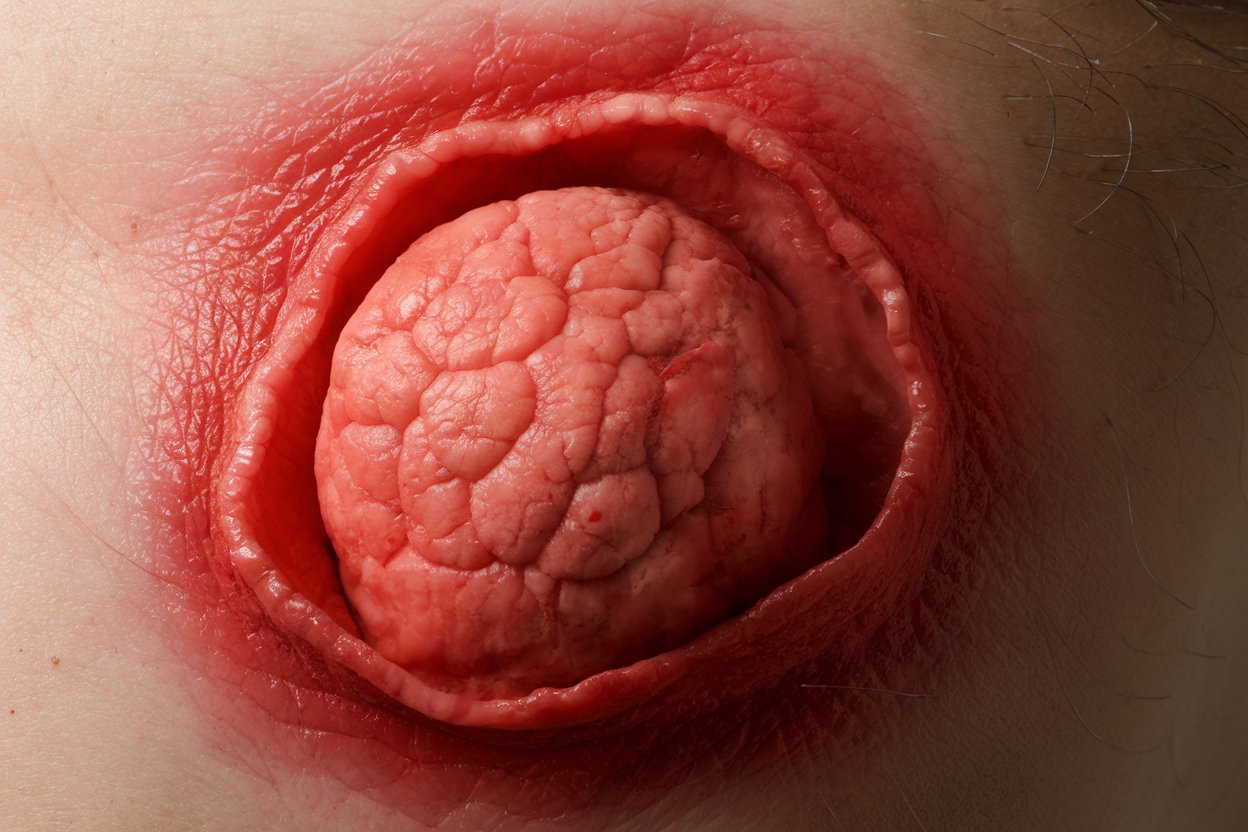
Kuttner's Tumor, also known as chronic sclerosing sialadenitis, is a rare condition affecting the salivary glands, particularly the submandibular gland. But what exactly is Kuttner's Tumor? This condition involves persistent inflammation and fibrosis, leading to a firm, often painless swelling in the affected gland. While it might sound alarming, it's important to note that Kuttner's Tumor is benign, meaning it isn't cancerous. However, its symptoms can mimic those of more serious conditions, making accurate diagnosis crucial. Understanding the causes, symptoms, and treatment options can help manage this condition effectively. Let's dive into 25 intriguing facts about Kuttner's Tumor to shed light on this uncommon medical issue.
Key Takeaways:
- Kuttner's Tumor is a rare condition that causes swelling, pain, and dry mouth in the salivary glands. It can mimic cancer, so accurate diagnosis is crucial.
- Treatment for Kuttner's Tumor may include medications, surgery, and regular check-ups to manage symptoms and prevent complications. It's important to seek medical help if you experience symptoms.
What is Kuttner's Tumor?
Kuttner's Tumor, also known as chronic sclerosing sialadenitis, is a rare inflammatory condition affecting the salivary glands, primarily the submandibular gland. It often mimics malignancy, making accurate diagnosis crucial.
- Named after Hermann Kuttner: The condition was first described by German surgeon Hermann Kuttner in 1896.
- Chronic inflammation: It involves long-term inflammation of the salivary glands, leading to fibrosis and gland enlargement.
- Submandibular gland: The submandibular gland is most commonly affected, though other salivary glands can also be involved.
- Mimics cancer: Due to its presentation, it can be mistaken for a malignant tumor, necessitating careful diagnostic procedures.
- Rare condition: Kuttner's Tumor is relatively rare, with few cases reported in medical literature.
Symptoms of Kuttner's Tumor
Understanding the symptoms can help in early detection and treatment. Here are some common signs to look out for.
- Swelling: Persistent swelling in the affected gland is a common symptom.
- Pain: Patients often experience pain in the swollen area, especially during meals.
- Hard mass: A firm, hard mass can be felt in the gland, which may be mistaken for a tumor.
- Dry mouth: Reduced saliva production can lead to a dry mouth, making swallowing difficult.
- Recurrent infections: Frequent infections in the affected gland may occur due to blockage and inflammation.
Causes and Risk Factors
The exact cause of Kuttner's Tumor remains unclear, but several factors may contribute to its development.
- Autoimmune response: An abnormal immune response may play a role in the inflammation and fibrosis seen in Kuttner's Tumor.
- Chronic infections: Repeated infections of the salivary glands can lead to chronic inflammation and fibrosis.
- Ductal obstruction: Blockage of the salivary ducts can cause gland enlargement and inflammation.
- Genetic predisposition: Some individuals may have a genetic susceptibility to developing this condition.
- Age and gender: Middle-aged adults, particularly males, are more commonly affected.
Diagnosis of Kuttner's Tumor
Accurate diagnosis is essential to differentiate Kuttner's Tumor from malignant conditions.
- Clinical examination: A thorough physical examination of the salivary glands is the first step in diagnosis.
- Imaging studies: Ultrasound, CT scans, and MRI can help visualize the gland and assess the extent of inflammation.
- Biopsy: A tissue biopsy is often necessary to confirm the diagnosis and rule out malignancy.
- Histopathology: Microscopic examination of the biopsy sample reveals characteristic features of chronic sclerosing sialadenitis.
- Sialography: This imaging technique involves injecting a contrast dye into the salivary ducts to detect blockages and structural abnormalities.
Treatment Options
Treatment aims to relieve symptoms and prevent complications. Here are some common approaches.
- Medications: Anti-inflammatory drugs and corticosteroids can help reduce inflammation and pain.
- Surgery: In severe cases, surgical removal of the affected gland may be necessary.
- Antibiotics: If infections are present, antibiotics may be prescribed to treat them.
- Salivary stimulants: Medications that stimulate saliva production can help alleviate dry mouth symptoms.
- Regular follow-up: Ongoing monitoring by a healthcare provider is important to manage symptoms and detect any changes in the condition.
Final Thoughts on Kuttner's Tumor
Kuttner's Tumor, also known as chronic sclerosing sialadenitis, is a rare condition affecting the salivary glands. It's often mistaken for other diseases due to its similar symptoms, like swelling and pain in the jaw. Early diagnosis is crucial for effective treatment, which usually involves medication or surgery. Understanding the symptoms and seeking medical advice promptly can make a significant difference in managing this condition.
Remember, while Kuttner's Tumor is rare, awareness can lead to better outcomes. If you notice persistent swelling or discomfort in your salivary glands, consult a healthcare professional. Staying informed and proactive about your health is always a good strategy. Thanks for sticking with us through this deep dive into Kuttner's Tumor. Stay curious and keep learning!
Frequently Asked Questions
Was this page helpful?
Our commitment to delivering trustworthy and engaging content is at the heart of what we do. Each fact on our site is contributed by real users like you, bringing a wealth of diverse insights and information. To ensure the highest standards of accuracy and reliability, our dedicated editors meticulously review each submission. This process guarantees that the facts we share are not only fascinating but also credible. Trust in our commitment to quality and authenticity as you explore and learn with us.
